

To understand where the World card comes from, we must go back to a very old idea: the Anima Mundi or Soul of the World. This idea is one of the most powerful and influential in Western philosophy, creating a rich artistic tradition from Antiquity to the Renaissance.
Anima Mundi means the universal soul that animates the cosmos, seen as a spiritual force that gives life and order to the material universe. This idea is more than just a theory: it is an artistic ideal that has inspired creators through the centuries.
Anima Mundi comes from Plato’s Timaeus, where it is the source of the universe’s orderly movements. Plato says the universe is a living being with a soul and intelligence, created by the Demiurge who "put intelligence in the soul, the soul in the body, and organized the universe so that it would be the most beautiful and perfect work". This world soul is between spirit and matter, helping spirit and physical reality communicate.
The Stoic philosophers saw Anima Mundi as the main source of life and the only universal life force. Plotinus and the Neoplatonists developed this idea further, seeing it as an invisible reality that gives life to the universe. Later, Saint Augustine took up this tradition and adapted it to Christian theology.
As an artistic ideal, Anima Mundi shows how Western art has always tried to go beyond simple copying to really recreate the cosmos according to its deepest spiritual ideas. This tradition shows the special power of art to be a bridge between the visible and invisible, between material and spiritual, making the Soul of the World a universal link.
The World card, which arrived in France soon after 1500, shows an almost naked figure surrounded by a mandorla, also called the vesica pisces. In Christian art, the mandorla means the presence of something beyond this world, a miracle happening beyond time and space.
This sacred oval shape appears in two main ways in European art: it surrounds Christ in glory ruling over the world, and it is seen in the Assumption of the Virgin Mary into heaven. The mandorla becomes the visual symbol of spiritual change and divine rising.
Alongside this philosophical tradition, a powerful source of Christian inspiration nourished the imagination of master craftsmen: the vision of the New Jerusalem in the Apocalypse of Saint John.
In the book of Revelation, after twenty chapters of death, plague, misery and destruction of the city of Jerusalem and its temple, God returns to preside over a renewed world where there is no more death, pain or sadness. Chapter 21 of the Apocalypse begins thus: "And I saw a new heaven and a new earth: for the first heaven and the first earth had passed away; and there was no more sea. And I, John, saw the holy city, New Jerusalem, coming down from God out of heaven, prepared as a bride adorned for her husband."
Verses 12 to 25 describe this New Jerusalem with striking precision: it has high walls arranged in a square with twelve gates of pearl guarded by twelve angels. The walls are of jasper, and the city is of pure gold with streets paved with gold. The foundations contain twelve different precious stones. There is neither sun nor moon for the city is lit by the glory of God; and there is no temple for the Lamb of God is the temple.
This extraordinary vision describes a city that descends from heaven, from God, ready for the wedding, like a bride adorned for her husband. This nuptial metaphor is fundamental: the holy city symbolizes the perfect union between God and redeemed humanity.
These conceptual roots - the Anima Mundi as universal animating force, the mandorla as symbol of transcendence, and the New Jerusalem as vision of accomplished perfection - will nourish the imagination of master craftsmen and give birth to the first representations of The World card.
The Italian poet Petrarch revolutionized European art with his work I Trionfi (The Triumphs). This poem provided the archetype for all triumphal processions, whether real parades, painted allegories or tarot trumps. Each section of the poem describes an allegorical figure that triumphs over the previous one. "Eternity" is the final figure that triumphs over everything.
Here is how Petrarch describes the eternal and transformed universe: "...I have finally contemplated a world made new and unchanging and eternal. I have seen the sun, the heavens, and the stars and the earth and the sea destroyed, and remade more beautiful and more joyful than before."
Final anchor point of the Trionfi series, the "Triumph of Eternity" symbolically closes the poet's journey: after Love, Chastity, Death, Fame and Time, only Eternity - that is, the beatific vision of God - triumphs definitively. A true profession of humanist and Christian faith, this last song deeply nourished the European artistic imagination from the 15th to 16th century.
The key theme of this vision is the end of historical time, the fusion of past, present and future. Most often, Eternity is depicted on a celestial chariot; God the Father or the Trinity throne at the summit, surrounded by angels and chosen souls. The four Evangelists, or allegorical figures of cosmic time, pull the chariot, emphasizing the definitive victory over profane time.
This illustration of Petrarch's Triumph of Eternity presents a cosmological diagram with God and his angels sitting on the edge, presiding over the renewed world. In 15th century tarot decks, we usually see an allegory of Fame standing on the edge of the circle, while angels with their trumpets move toward The Judgment card.
An absolutely central element of The World card lies in its four figures at the corners: the angel, the lion, the bull and the eagle. These creatures form what is called the tetramorph, a term that comes from the Greek tetra (four) and morphé (form).
These four beings first appear in the extraordinary vision of the prophet Ezekiel in the Old Testament. From the first lines of his prophecy, Ezekiel describes: "the heaven opened and I witnessed divine visions". "In the center, I discerned something that resembled four living beings".
"They each had four faces and each had four wings (...) their hooves were like ox hooves". "As for the form of their faces, they had a man's face, and all four had a lion's face on the right, and all four had a bull's face on the left, and all four had an eagle's face."
These are four identical celestial creatures each endowed with four bull's legs, four eagle's wings, four human hands and four different faces of man, lion, bull and eagle. These four creatures have their place at the foot of the throne of God's glory. Ezekiel will return to the same vision in chapter 10, specifying this time "(...) and I knew that they were cherubim."
The apostle John relates in the book of Apocalypse a vision that he shares in chapter 4. The kinship with that of Ezekiel is evident, but the creatures are simplified. The Living Beings are in the midst of the throne and around it. But they are no longer identical and they are much less hybrid: they are, in order, a lion, a bull, a man and an eagle. They each have six wings and they are covered with a multitude of eyes.
They never cease to repeat day and night: "Holy, Holy, Holy, Lord, God Master of All, who was, who is and who comes!"
The four creatures accompanying Christ in glory constitute an artistic convention dating from the beginning of the Middle Ages. In the 2nd century, a Greek bishop, Saint Irenaeus, associated the four beasts with the four evangelists: Matthew with man, John with the lion, Luke with an ox and Mark with an eagle. Two centuries later, the Cypriot bishop Epiphanius proposed to exchange John and Mark, an association currently in use.
Why is such creature associated with such evangelist? Saint Jerome explains these correspondences to us:
These associations between creatures and symbols draw from a much older tradition. We know that the association between different creatures and symbols was a widespread practice in ancient Egypt as well as in Mesopotamia. Egyptian sphinxes, Babylonian winged bulls, harpies of ancient Greece... These images were probably familiar to Ezekiel, who was one of the Jewish prophets to have lived in exile in Babylon around the 11th century BC.
According to Bible specialists, it is possible that his vision was influenced by Assyrian art, in which this kind of association was indeed common. Moreover, we know thanks to archaeological data that these creatures correspond to the four fixed signs of the Babylonian zodiac: the ox represents Taurus, the lion the sign of Leo, the eagle corresponds to Scorpio, and the winged man (or angel) to the constellation of Aquarius.
Subsequently, the first Christians appropriated these symbols, associating each with an evangelist, completely changing their meaning from the 5th century onwards. Thus, when you contemplate The World card, these four figures are not there by chance: they carry millennia of spiritual and cosmic symbolism, connecting the tarot's vision to humanity's deepest mystical traditions.
The first Italian World cards of the 15th century reveal to us how the creators of the time adapted biblical visions to their own spiritual understanding. The Visconti-Sforza card, one of the oldest preserved tarots, is often interpreted as a representation of the New Jerusalem, but with significant differences from the text of the Apocalypse.
Unlike the biblical description which mentions twelve gates of pearl, the Visconti-Sforza card presents only one gate. There is no lamb in the center of the city, and we can see a temple in the background - while the Apocalypse specifies that there is no temple in the New Jerusalem because "the Lamb of God is the temple".
This adaptation reveals how Renaissance artisans reinterpreted sacred sources according to their own artistic and spiritual vision. They did not literally copy the texts, but transformed them by creating new symbols.
It is fascinating to note that a walled city similar to that of the Visconti-Sforza card also appears on the Ace of Cups in the Tarot de Marseille pattern. This recurrence suggests that the image of the fortified city had become a universal symbol of spiritual perfection in the imagination of master craftsmen.
The story told by 15th century tarots was not always a simple ascension to paradise, as we might imagine today. In the first decks of Florence and Bologna, The Judgment was the highest card and The World preceded it in hierarchical order.
This sequence tells a very different story: the allegory of Fame presiding over the physical universe, followed by the final judgment representing Eternity. This organization reveals a cyclical conception of time and spiritual accomplishment that differs from our modern linear understanding.
This inversion invites us to rethink The World card not as an absolute finality, but as a stage of earthly mastery that precedes the final spiritual evaluation. The creators of the time seemed to distinguish between accomplishment in the material world and accomplishment in divine eternity.
All Italian World cards of the 15th century present a remarkable common characteristic: they display a landscape enclosed in a circle. This representation is not trivial - it reflects the cosmological vision of the time and carries deep spiritual meaning.
After the resurrection and implicit judgment of the previous card, we arrive at Paradise, a renewed and transfigured cosmos. In the geocentric model of the universe that prevailed at the time, Earth occupies the center of the cosmos, surrounded by concentric rings of elements, planets and ranks of angels.
These circular representations of the world show us a paradise that is not separated from earthly reality, but that transforms and elevates it. The landscape inside the circle is not an abstract or purely spiritual place - it is our world, but in a state of perfection.
This vision corresponds to the Renaissance idea that beauty and perfection can be achieved in the physical world itself. The trees, mountains, streams represented in these cards are not decorative elements, but symbols of nature harmonized with divine order.
The circle that surrounds this landscape functions as a secular mandorla: it delimits a sacred space where ordinary laws are suspended and where perfect harmony reigns. It is a world where nature and spirit, material and spiritual, coexist in perfect balance.
The Budapest and Rosenwald cards also reveal to us the influence of medieval cosmological diagrams on tarot art. These scientific representations of the time showed the universe as a series of concentric spheres, with Earth at the center and the heavens surrounding it.
By integrating these models into their cards, master craftsmen created a bridge between science, spirituality and divination. The World card thus became not only a symbol of personal accomplishment, but also a representation of humanity's place in the cosmic order.
This approach reveals the intellectual sophistication of Renaissance tarot creators. They were not simply creating pretty or mysterious images, but visual syntheses of the knowledge of their time, combining theology, philosophy, astronomy and art in a coherent vision of the transfigured world.
The central figure of this version presents a certain visual ambiguity that can leave the gender undetermined, probably due to the technical constraints of engraving of the time. This imprecision of the drawing nevertheless allows different readings: some could see an androgynous figure evoking the unity of opposites, but it is more likely a technical limitation rather than a deliberate symbolic intention.
The most significant element remains the triumphal banner that this figure waves. This banner evokes ancient victory processions and proclaims an accomplishment that deserves to be celebrated publicly. It transforms the figure into herald of its own realization, announcing to the entire cosmos the completion of a major cycle.
The globe on which the figure stands constitutes the most remarkable innovation of this version. It is not a simple terrestrial representation, but a true astronomical planisphere where the moon and sun coexist. This representation is inspired by medieval T-O diagrams (see article on the Empress and the Emperor for more details) which figured the known world according to a circular scheme, but here enriched with a complete cosmic dimension.
The simultaneous presence of the two luminaries reveals a mastery that transcends earthly temporality. The figure no longer dominates only geographical space, but the entire set of cosmic cycles represented by the alternation of day and night, tides, seasons. This vision evokes an accomplishment that integrates all universal rhythms.
The perfect identity between this globe and the one that surmounts the scepters of The Emperor and The Empress reveals a remarkable symbolic continuity. This correspondence suggests that the figure of the World has inherited and surpassed the powers represented by these two archetypes of temporal power.
The transformation is striking: while the Emperor and Empress hold the globe by their scepter, maintaining a distance with the object of their power, the figure of the World stands directly on the globe. This position reveals a surpassing of external power toward a complete identification with the cosmic order. The accomplished being no longer reigns over the world from the outside, but embodies and animates it through its presence.
The four angelic heads that blow on the globe constitute the most mysterious and most powerful element of this representation. This quadruple pneuma evokes the permanent divine inspiration that keeps the cosmos in movement, but here directed toward the central figure in a gesture of support and consecration.
This image echoes the tradition of the four winds of the Spirit and the four sacred directions. The angels no longer content themselves with adoring from the periphery: they actively participate in maintaining cosmic harmony by supporting with their breath the realized figure, creating a synergy between human accomplishment and divine action.
Type I, which emerges around 1650, is characterized by an ambiguous central figure, often masculine or androgynous, holding a short scepter and surrounded by a belt of leaves. This version maintains close links with traditional Christian iconography, where the figure could represent Christ in glory.
Type II, which appears at the beginning of the 18th century, marks a significant break. The central figure becomes clearly feminine, wears a red sash diagonally and holds two wands. She seems to dance, and her legs sometimes adopt the same position as those of The Hanged Man. This evolution testifies to a shift toward a representation of the Anima Mundi, the Soul of the World.
Jacques Vieville's card represents one of the first French adaptations of the Italian tradition. His central figure is undoubtedly masculine: naked except for a cloak and a well-placed staff that confirms the masculine gender. His halo clearly indicates that it could be Christ.
This representation is in direct continuity with medieval Christian art, where Christ in glory was traditionally surrounded by the four evangelists. Vieville maintains this iconographic tradition while adapting it to the tarot format. The nakedness of the figure is not scandalous in this context: it evokes purity, the state of innocence regained after redemption.
The presence of the scepter in this primitive version reveals the importance of spiritual and temporal power in the conception of accomplishment. This figure does not dance, does not twirl: it reigns with majesty over an ordered cosmos.
Fifty years later, Jean Dodal proposes a version that maintains the masculine tradition. Careful examination of his card reveals that the figure wears a beard, a detail that confirms his masculine gender.
This beard, even discreet, is not trivial. In Western art, the beard traditionally symbolizes wisdom, courage and spiritual maturity. It indicates that this figure has passed through the trials of existence and has acquired the knowledge necessary to preside over the transfigured universe.
An intriguing mention appears on certain versions: "F.P.LE.TRANGE", which most probably means "Made for the foreigner". This indication reveals that from the beginning of the 18th century, French cards were designed for export. The Latin suits (cups, swords, wands, pentacles) were no longer used in France, where modern suits (clubs, spades, hearts, diamonds) had already been established.
Contemporary of Vieville, Jean Noblet develops a different vision of The World card. Where Vieville favors a masculine figure, Noblet proposes a feminine figure that will become the reference.
This coexistence of two such different approaches at the same time reveals the creative richness of the mid-17th century. Master craftsmen did not yet follow a single fixed model, but explored various interpretations of traditional symbols.
The most striking element of the Noblet version lies in the differentiated treatment of halos. The three animals and the angel are all haloed, but according to a precise coloristic code: the bull and the lion wear red halos, while the eagle and the angel display yellow halos. This chromatic distinction reveals perfect mastery of symbolic iconography.
This distribution of colors follows a deep logic. Red, color of fire and earth, crowns the creatures linked to terrestrial energy and vital force: the bull (earth element, sacrifice) and the lion (fire element, royalty). Yellow, color of air and divine light, halos the creatures associated with spiritual and celestial elements: the eagle (air element, elevation) and the angel (water element, spiritual purification).
The woman stands at the center of the mandorla "as if she said: I am realized, in full glory, I unite earth and heaven". This posture reveals absolute self-consciousness, the expression of total accomplishment.
Her nakedness, with visible breasts, signals according to my analysis that she is pure, she has nothing to hide. In the alchemical and mystical tradition, nakedness represents the transparency of the soul that no longer needs veils or masks. This purity is not innocence, but integrated knowledge.
A fascinating detail deserves attention: the legs are of different colors. This particularity, which I interpret as meaning that her actions are both human and divine, reveals the double nature of this figure. She perfectly embodies the union of opposites: rooted in humanity by the pink leg, connected to the divine by the yellow leg.
The central figure, undoubtedly feminine, wears a red sash draped diagonally over her body and holds two small wands. The major innovation lies in her posture: the crossed legs of the standing character show that she is at ease, a sign of mastery (like the man in The Emperor or The Hanged Man card) and that she has a light step. She could even dance.
The red sash that bars diagonally across the dancer's body indicates, according to my interpretation, that she is the chosen one, she represents the culmination. This sash functions as an insignia of divine recognition, marking the one who has reached the state of grace.
Major innovation: in Madenié (1709), the figure holds a wand in each hand, indicating that she has double power (over her thoughts and over her actions?). This symbolic evolution is crucial: we move from a single power (Noblet's scepter) to a dual and balanced power.
Some versions even show one of the hands holding a vial, which I interpret as meaning that she holds the elixir of eternal life. This representation brings us closer to alchemical iconography, where the feminine figure becomes guardian of the secrets of transformation.
Madenié's Type II marks a fundamental conceptual break. The central figure becomes clearly associated with the Anima Mundi, the Soul of the World from the Neoplatonic tradition. This vital force that permeates all creation moves in a perpetual dance, generating the energy that feeds the cosmos.
This Anima Mundi makes plants grow, gives consciousness to animals, and offers reason to human beings. For alchemists, it represents the fire that facilitates change and transformation. Madenié's dancer perfectly embodies this dynamic conception of spiritual accomplishment.
From 1718, with master craftsman Heri, we witness a revealing degradation. The horse replaces the bull and, crucial detail, it is no longer haloed. This modification, apparently minor, reveals a loss of fundamental understanding. Attention, there is a doubt it's subtle, look how on the World card according to Héri, it is possible that the animal wears a horn (painted in red) -so it's a bull- but where is the other horn? And how this mysterious single horn seems to transform into a "tuft of hair" or a "second ear" in Conver!!! We therefore have an animal whose breed is difficult to define (Bull or Horse). And look at The World in Paul Marteau in 1930 (Image of the introduction), it has become a horse with a fringe!
This transformation testifies to a broader phenomenon: the commercialization of symbolic art. Molds are passed down from generation to generation, but the knowledge that accompanied them is gradually lost. Molds deteriorate with time and use, details become unrecognizable or blurred. Forms survive, but their soul evaporates.
The non-haloed horse could mean that it embodies the impetuosity of desire finally mastered, but it is above all the demonstration that from then on, after Madenié, nothing goes right among French master craftsmen. We have moved from a corporation of trained companions to a corporation of merchants who copy and reproduce without understanding what they have before their eyes.
Let's be honest, this is a personal vision, many tarot readers are quite comfortable with the horse in place of the bull. Not me! ^_^'
At the beginning of the 20th century, French and British occultists rediscover tarot with a new look. Far from rejecting the tradition of the Tarot de Marseille, they adhere closely to its conception, but enrich its interpretation with an unprecedented psychological and spiritual dimension.
Oswald Wirth, French occultist, develops an interpretation that, although it does not directly influence British occultists, deserves our attention for its symbolic richness. For him, the dancer represents the Goddess of the World, the corporeal soul of the universe.
Wirth does not see the central figure as a distant divinity, but as a force that inhabits every living being. This Goddess of the World is not external to us: she is us, in our highest dimension.
In Wirth's version, the dancer holds in her left hand two wands with red and blue ends. Red represents the fire of life, while blue symbolizes the breath of air that constantly revives this fire. This red-blue alternation evokes cosmic breathing, the inspiration and expiration of the universe.
Her hair floats behind her, reinforcing the concept of perpetual movement. The eagle becomes blue, color of air, further emphasizing this dimension of elevation and spiritual movement. Each element of the card contributes to expressing the idea of perfection in movement.
The occultists of this era associate the four creatures in the corners of the card with a complex system of correspondences that reveals their ambition to create a universal synthesis of spiritual traditions.
These four figures correspond simultaneously to:
This multiplicity of correspondences reveals the ambition of the occultists of the time: to create a unified system that integrates all spiritual and scientific traditions into a coherent vision of the cosmos.
This approach testifies to a current of thought typical of the late 19th and early 20th century: spiritual universalism. Occultists seek to overcome traditional religious divisions to rediscover a primordial wisdom common to all traditions. The World card thus becomes not only individual accomplishment, but the synthesis of all human wisdom. It represents the state of consciousness where all oppositions are reconciled, where all traditions converge toward a single truth.
The World card from the Wildwood Tarot offers us a radically different vision of accomplishment. The image shows us a majestic tree covered with four foliages that evoke the four seasons of the year: spring with its tender buds, summer in its green fullness, autumn with golden colors, and winter in its contemplative nakedness.
This tree seems to be a venerable and millennial oak, so wide is its trunk and so developed are its branches and roots. This representation draws from the universal archetype of the World Tree, present in many spiritual traditions: the Nordic Yggdrasil, the Kabbalistic Tree of Life, or the Hindu Ashvattha.
The simultaneity of the four seasons on the same tree reveals a cyclical conception of time and existence. Unlike our linear perception, this vision suggests that all states coexist in true accomplishment: birth and death, growth and rest, expansion and contraction.
At the foot of the tree is a circle-shaped labyrinth. This labyrinth evokes the trials we undergo, the detours and dead ends we face in our evolutionary journey. This representation is inspired by medieval initiatory labyrinths, like that of Chartres Cathedral.
But unlike classic labyrinths that lead to the center, this one leads outward, toward the door of the tree. This symbolic inversion is remarkable: it suggests that the true "center" is not in narcissistic introspection, but in connection with the universal source of life.
Exiting this labyrinth allows us to arrive at the threshold of the door, at the foot of the tree. The labyrinthine journey thus becomes a necessary purification, a refining process that makes us worthy of accessing the wisdom of the tree.
The closed door at the foot of the tree constitutes the most intriguing element of this representation. It could evoke that with this last step represented by The World card, we could be on the threshold of a new discovery, as if the last card of the Fool's journey seemed to be only a stage toward another future and another evolution.
This closed door reveals an initiatory conception of accomplishment: even having reached the end of the visible journey, we only access the threshold of a greater mystery. Accomplishment is not an end, but a qualification for a new level of existence.
Evolution would take us to the heart of the tree, like a return to sources, a direct connection to nature, access to the depth of our soul and our being. This interiorization toward the heart of the tree evokes shamanic traditions where the World Tree serves as an axis of communication between different levels of reality.
The image of Completion card from the Osho Tarot shows us a hand placing the last piece of a puzzle on which appears a benevolent and smiling face, which quite easily resembles a Buddha's face. The slanted eyes very clearly refer to an Asian face.
The choice of the term "Completion" rather than "World" reveals a more psychological than cosmic approach. This terminological nuance is significant: where traditional tarots evoke mastery of the external world, Osho favors inner accomplishment.
The fact that this face is fragmented into pieces of the same puzzle is really interesting, because it invites us to think that we are a multiple variety of different and contradictory aspects.
The true path, beyond accepting oneself, seems to be to harmonize, unify and solidify aspects and personality traits that are antagonistic within us. This approach is directly inspired by depth psychology and the Jungian notion of individuation.
Finally, the path of evolution would be the path where we gather our inner paradoxes into a homogeneous and perfect whole, in the image of this puzzle that the hand is completing. This puzzle metaphor reveals that identity is not given, but consciously constructed through patient assembly work.
When we have gathered our being into a united and harmonious package, we resemble a Buddha, that is, an awakened, calm, open being. But here, we must remember above all that we become someone with a benevolent gaze, looking at life and what lies before us with a genuine smile.
This conception of awakening favors compassion over transcendence. Accomplishment does not separate us from the world, but makes us more present and more loving toward all beings. The smile of the Buddha-puzzle becomes the natural radiance of a unified consciousness.
The woman who appears in this image seems to have very round forms, and I find that she resembles very much, in her style and in the feminine representation she gives, the figure of Gaia. In Greek mythology, Gaia is the primordial goddess identified with the "Mother Goddess" and the "Mother of titans".
Maternal ancestor of divine races and grandmother of Zeus, she also gives birth to numerous creatures. As the first divinity, Gaia is, in a certain way, the guardian of divine power. This representation brings us back to the most archaic roots of human spirituality, when divinity was conceived as feminine and maternal.
The generous forms of this figure do not stem from an arbitrary aesthetic choice: they evoke cosmic fertility, the capacity to give birth to all beings and all worlds. This modern Gaia embodies the universal creative force in its most primordial dimension.
This woman is surrounded by a serpent that goes around the card and bites its own tail. This is an ouroboros, universal symbol whose name comes from ancient Greek οὐροϐόρος, formed from the words οὐρά (tail) and βορός (voracious, gluttonous), which literally means "that bites its tail".
The serpent (or sometimes the dragon) that bites its tail symbolizes a cycle of evolution closed upon itself. This symbol simultaneously contains the ideas of movement, continuity, self-fertilization and, consequently, eternal return.
This connotation of circularity reveals a cyclical rather than linear conception of existence. Unlike the Judeo-Christian vision of linear time going from creation to final judgment, the ouroboros evokes the cosmic cycles of Eastern and pagan traditions.
This card therefore invites us to think that The World card is not a definitive finality, but that it is a stage toward another path and toward a new cycle. As we say: "the loop is closed", but this closure of the loop immediately announces the opening of a new cycle.
This vision radically opposes linear conceptions of accomplishment. It suggests that each realization, however complete it may be, is only the prelude to a new adventure. The ouroboros teaches us that in the cosmic order, there is no absolute end, only perpetual transformations.
This cyclical conception resonates deeply with Eastern wisdoms and shamanic traditions, where spiritual evolution is conceived as an ascending spiral: we return to the same questions, the same challenges, but at a higher level of consciousness.
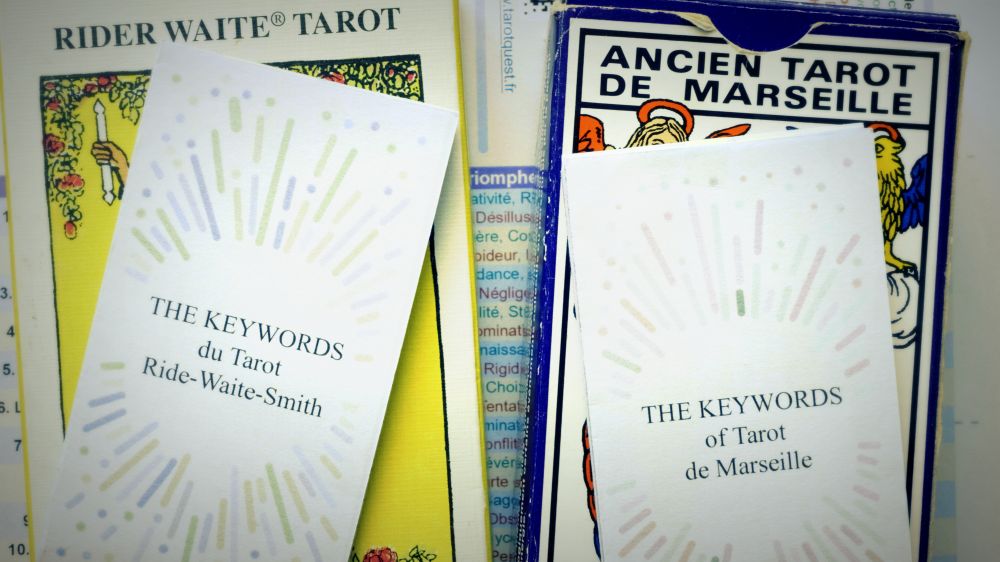
Key words for the 78 cards for the Tarot of Marseille and the Rider-Waite-Smith, to slip into your favorite deck. Your leaflets always with you, at hand, to guide you in your readings. Thanks to them, your interpretations gain in richness and subtlety.
Of course, we can see The World card as the end of the Fool's journey, therefore as an end in itself, as the end of a path, indicating the culmination of an evolution where the objective has been reached.
This goal that has been reached would therefore be the completion of self: we have become someone finished, who has become complete thanks to all the experiences that preceded through the Fool's journey. We can also naturally speak of a realization, that is to say that beyond being finished and being complete, we are fundamentally someone accomplished. This means that we have reached a certain state of grace: we are blessed, living, we cannot be more fulfilled and more illuminated in this human existence.
This classic interpretation has its legitimacy and its beauty. It corresponds to a linear vision of spiritual evolution where each stage would bring us inexorably closer to a final state of perfection.
But I am not at all certain that the French master craftsmen of the Renaissance wanted to tell us that through this card, everything was finished and there was nothing more to say, or in other words, there was nothing more to do, everything was there.
I think the master craftsmen saw this card as a passage, a transition, the end of a cycle that very probably led to a new cycle. That's why it bears the number 21 -ending with 1-, indicating to us that we are at the beginning of a new era, a new epoch.
This numerology is not trivial. The number 21 can be broken down as 2 + 1 = 3, evoking the beginning in unity. It can also be read as 3 × 7: if 7 is the figure of the "sacred way" and 1 the figure of creativity, then 3 × 7 means that we create a new path toward the sacred. There is indeed an idea of beginning rather than end.
There are for me two essential teachings to remember in reading this card, which reveal not a definitive completion, but a new form of being in the world.
First, we have learned to master all the elements that constitute us, through concrete mastery of the four elements that are within us: earth (our needs), fire (our desires), air (our thoughts), water (our feelings).
We have learned to know ourselves: we know our limits, we know our qualities, in short we master ourselves, we know how to work with what we are, with our strengths and weaknesses. Because mastering does not mean being perfect, but rather means doing the best of what we are capable of doing.
This mastery is not a tyrannical domination of our emotions or our instincts, but a harmonious collaboration with all dimensions of our being. We become conductor of our own inner symphony.
The second interesting aspect to remember it seems to me, is the fact of being henceforth grounded and especially centered. In fact, the figure is not truly at the center of the world, as we might believe because the card is named "The World".
In fact, the card signifies to us that at this stage, we are definitively grounded in our own reality and centered at the heart of ourselves. That is to say that we have brought light to the depths of our being, we have traveled and surveyed the most obscure corners of our existence.
Strong in this knowledge of ourselves, we now act with great accuracy in relation to what we are, who we are, what we want, what we can do. This implies that we are no longer a boat that capsizes at the first storm, we are no longer a weather vane that changes direction at every gust of wind. We know who we are, and in fact we know where we are going.
Being centered does not mean being motionless, but being in full knowledge and consciousness of our means. We implement our capacities with accuracy and lucidity. Somewhere, we have become visionaries.
This vision allows us to navigate existence with new clarity. We no longer suffer events: we welcome them, understand them, and respond to them appropriately. Our center becomes our compass, our grounding becomes our strength.
But this stability is not static. It rather resembles the dynamic balance of a dancer who, perfectly centered, can execute the most complex movements. Our centering gives us the freedom to move with grace in all directions.
Thus understood, The World card is not an end point, but a qualified starting point. The French master craftsmen, in their wisdom, created a card that celebrates an accomplishment while announcing an opening. They understood that true spiritual realization does not separate us from life, but engages us more deeply in it.
This cyclical vision of accomplishment resonates with the great spiritual traditions that teach that each illumination is a new birth, each realization a new capacity to serve and to love. The World card ultimately tells us: "Congratulations, you are now ready for the true adventure!" It marks the end of apprenticeship and the beginning of creative mastery. And this mastery, far from being an end in itself, becomes the instrument of conscious participation in the universal work of creation and transformation.
| Symbolic interpretation | Right direction (Positive) | Achievement, mastery, uniqueness, unification, communion, completeness, fullness, perfection, greatness, glory, esteem, recognition, openness, ease, knowledge, travel, abundance, glorification | Reverse direction (Negative) | Excess, imperfection, incompleteness, delays, unexpected events, impossible model, being set aside, overestimation |
| Psychological interpretation | Right direction (Positive) | Whole, honest, worthy, integrated, close | Reverse direction (Negative) | Unrealistic, demanding, obsequious, unsatisfied, divided, xenophobic, distant |
| Advice | |
| Fear nothing. Be open to the world. Take your place. Act with grace and lightness. Accept imperfection, you are human. Recognize the success of your actions. Enjoy the present moment | |
| Thematic Interpretation | Love | Harmonious and lasting understanding. Distant love. Unreachable or impossible relationship. Demanding partner | Work | Deserved promotion or recognition. Success in exams. Favorable international dimension (or not). Solitary work. Mission not aligned with one's values | Money | Favorable growth. Profit maximization (vain or not). Financial waste | Family / Friendships | Happy and united family. Safe and lasting relationship. Nostalgia for lost friendships. Attempt to recreate connections. Separated by distance | Health | A healthy mind in a healthy body. Travel necessary for treatment. Asceticism. Self-medication |
| Divination / Prediction | Who ? | A smiling or fulfilled person. An isolated or lost individual. Someone in the center of the photo | Where ? | Anywhere we feel good and in harmony with our environment | When ? | Anytime as long as the action is right and in agreement with our values | How ? | By being centered. By following the middle path. By taking into account all opinions. By rejecting no option |
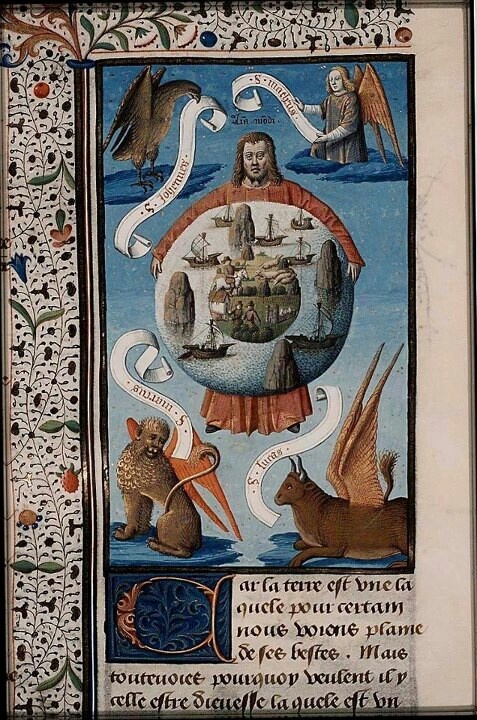
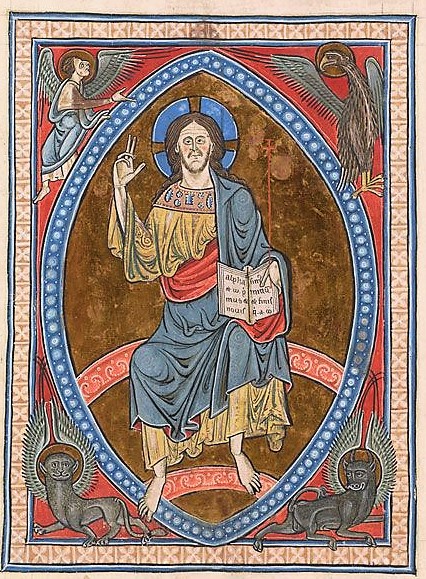
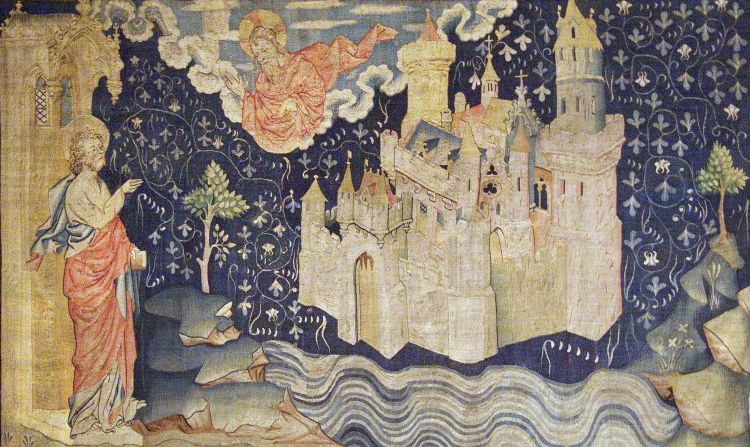
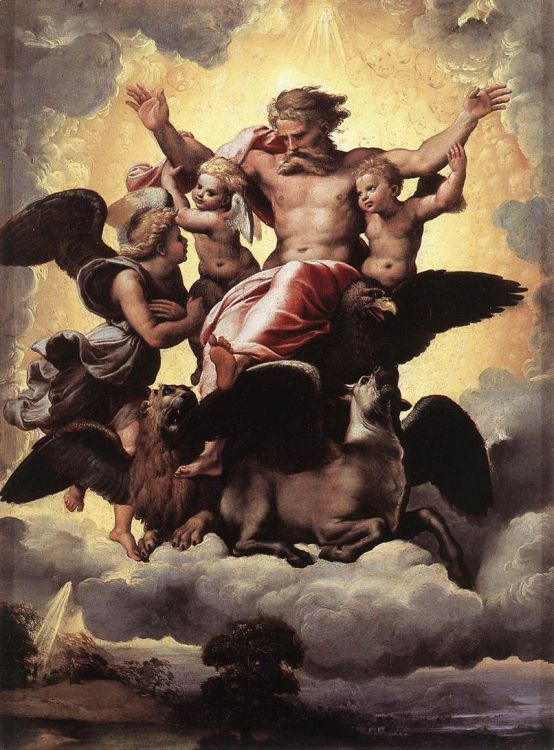
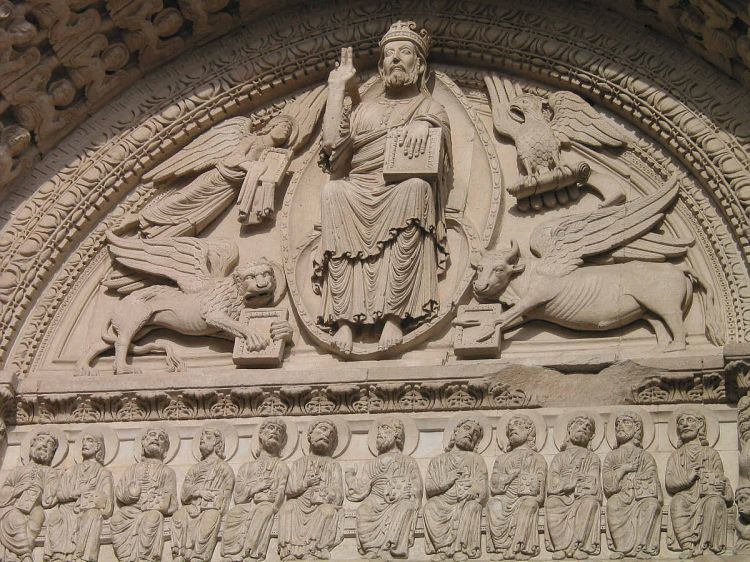
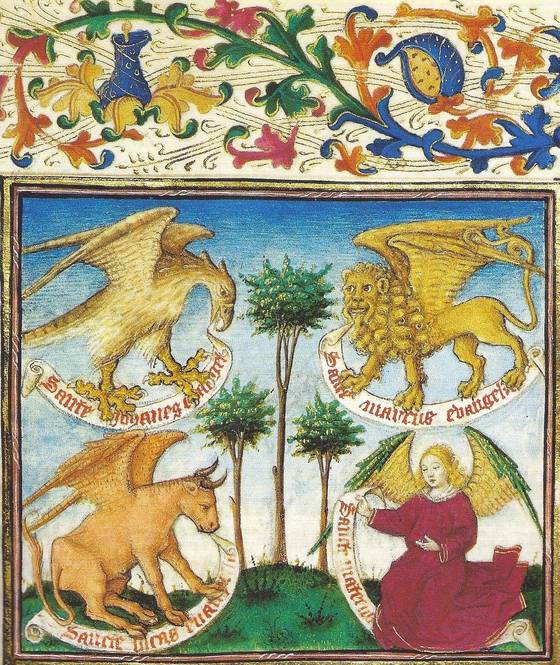
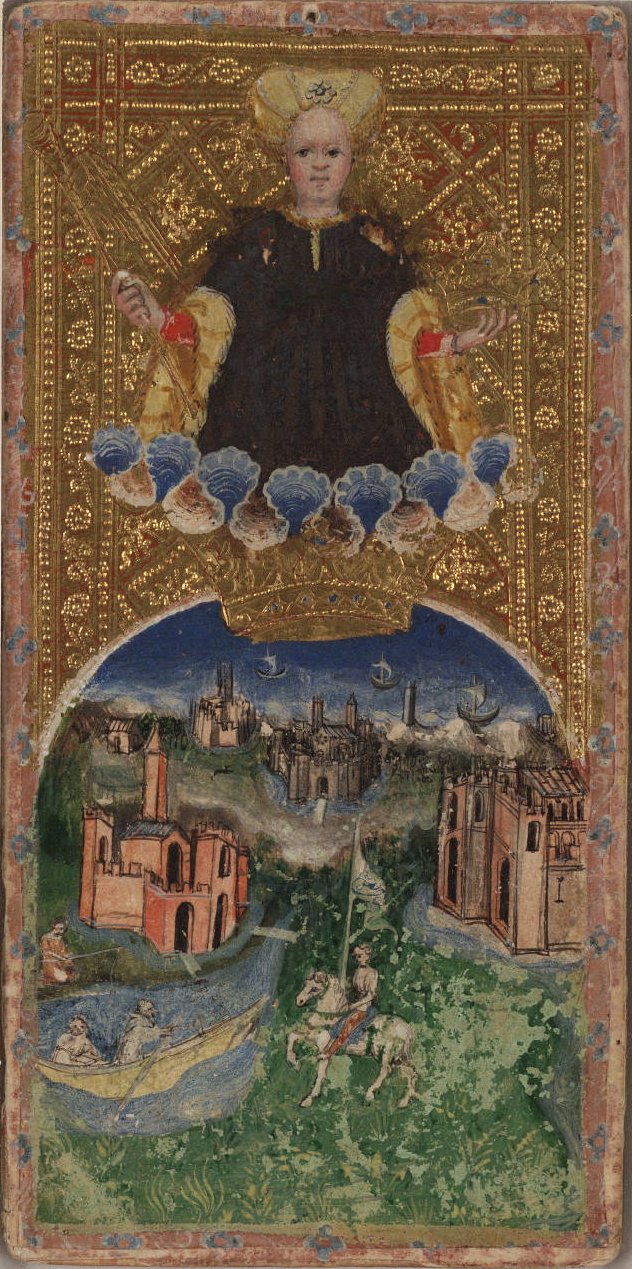
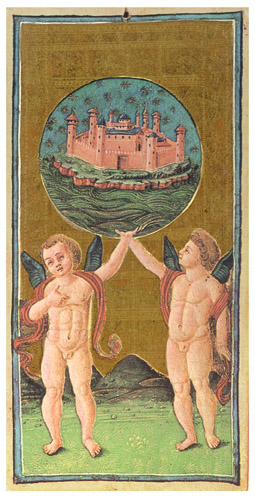
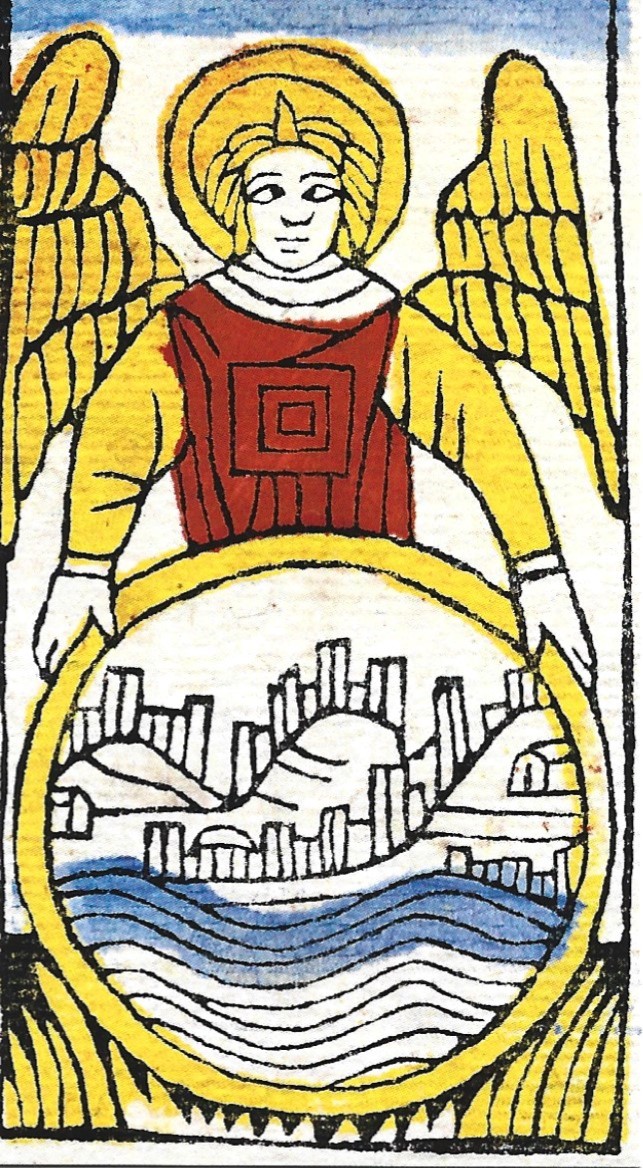
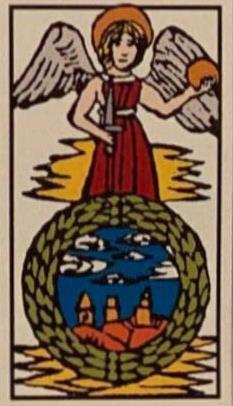
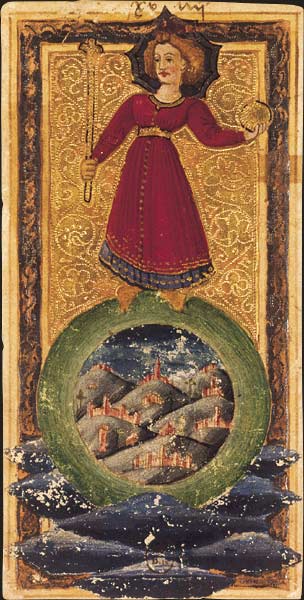

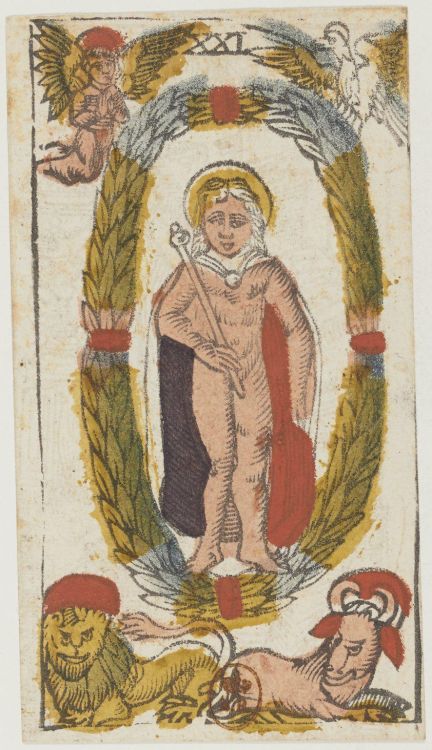
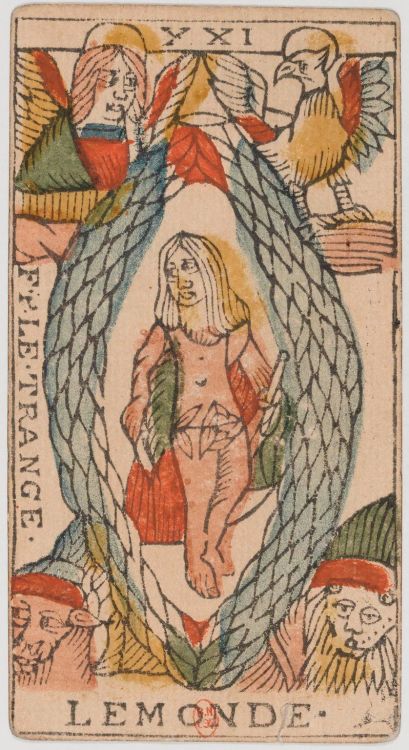
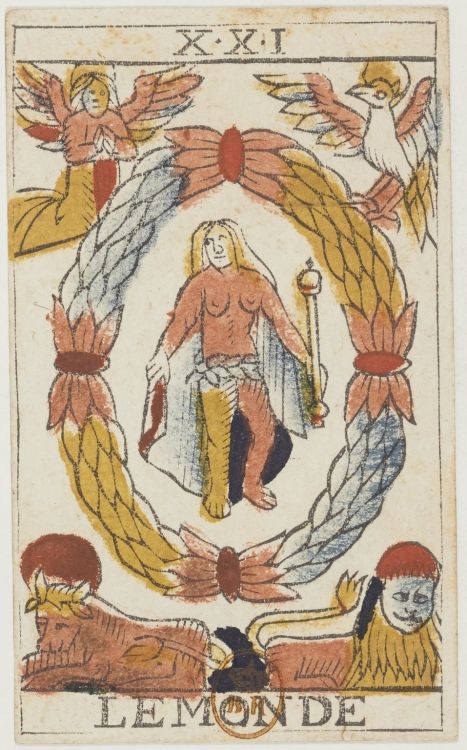

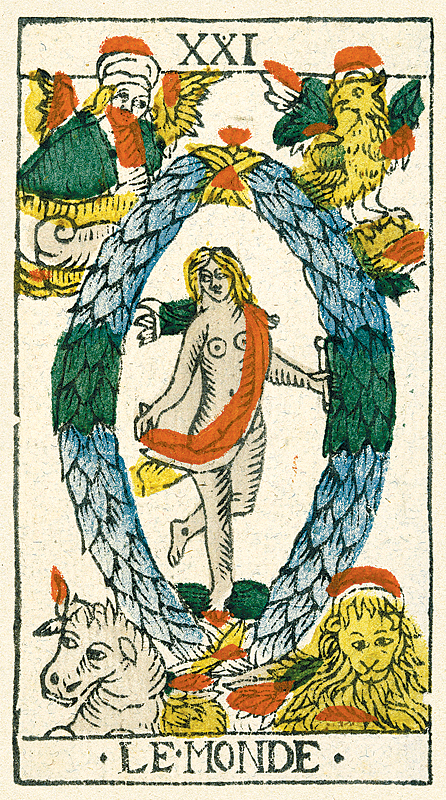
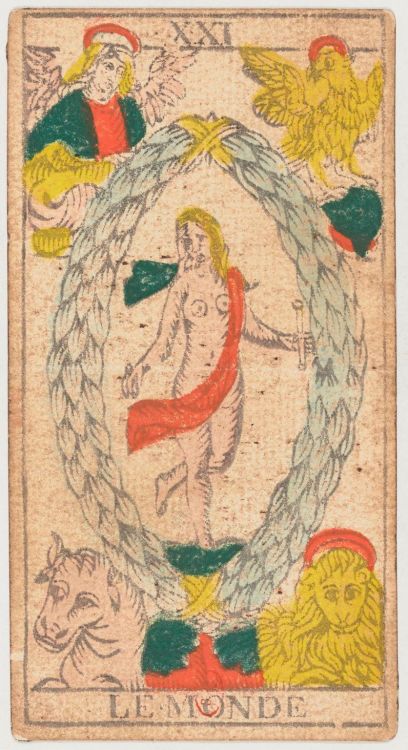
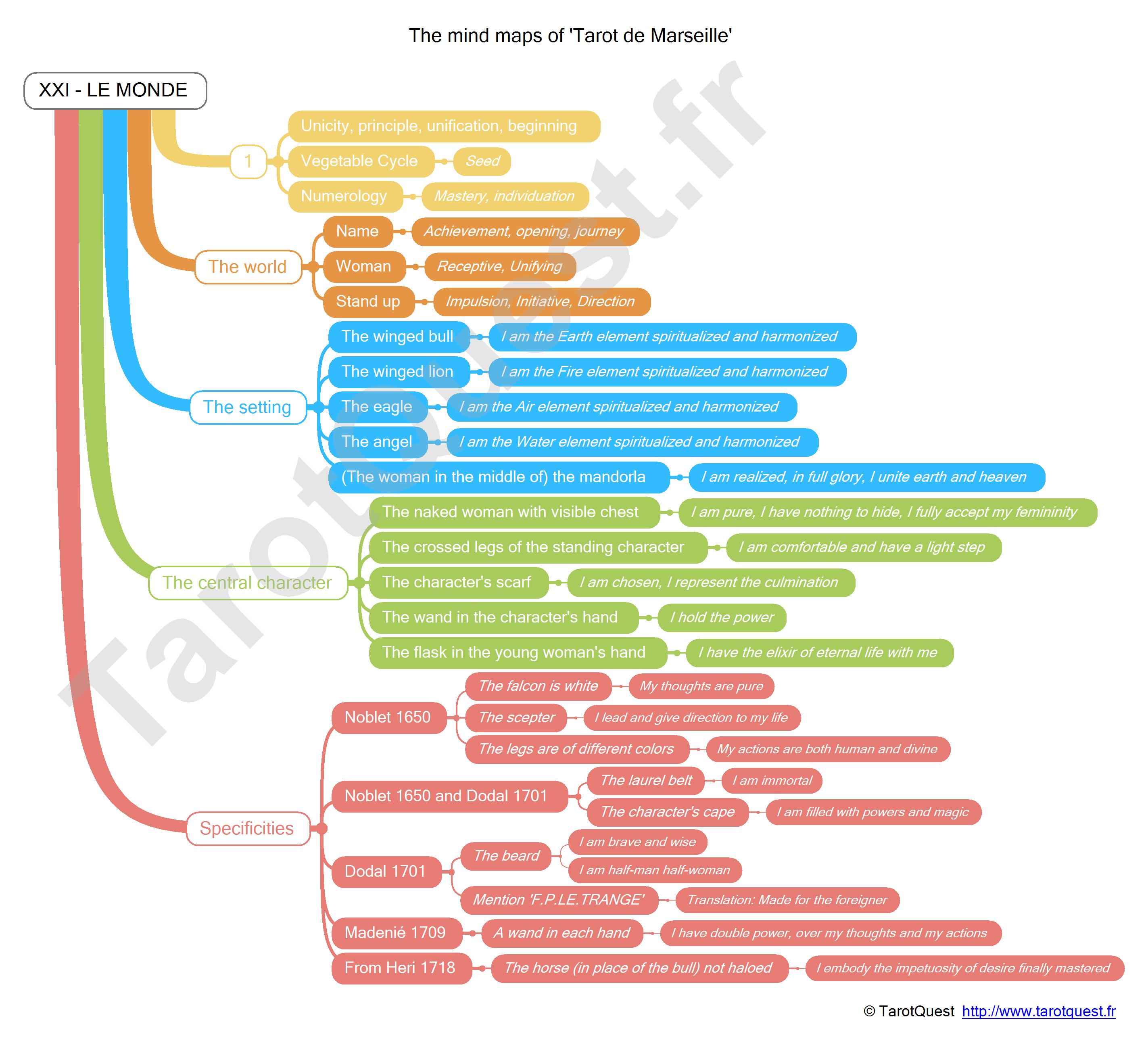
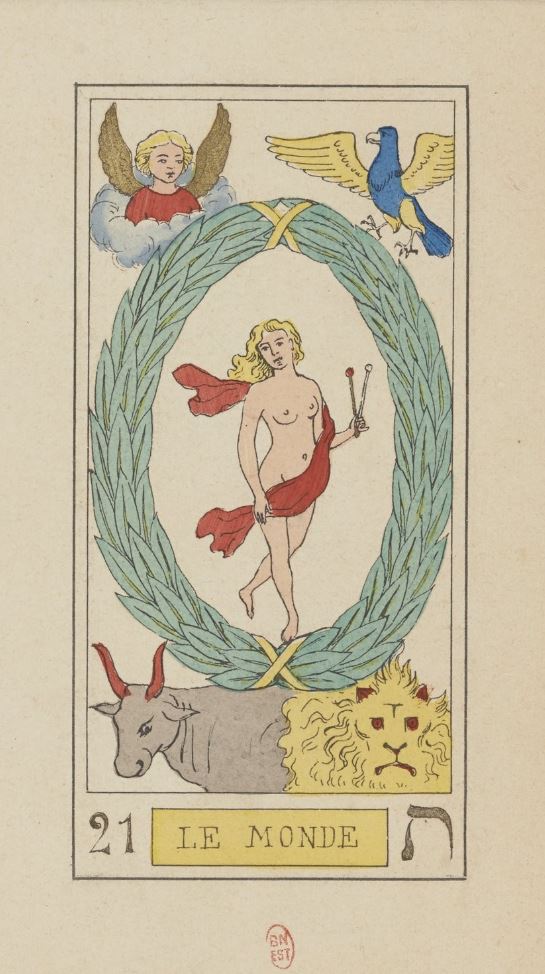
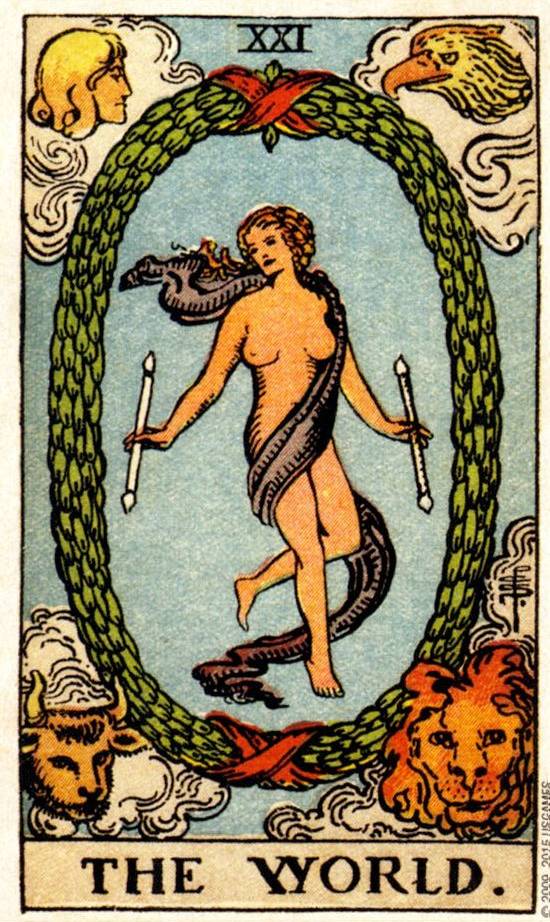
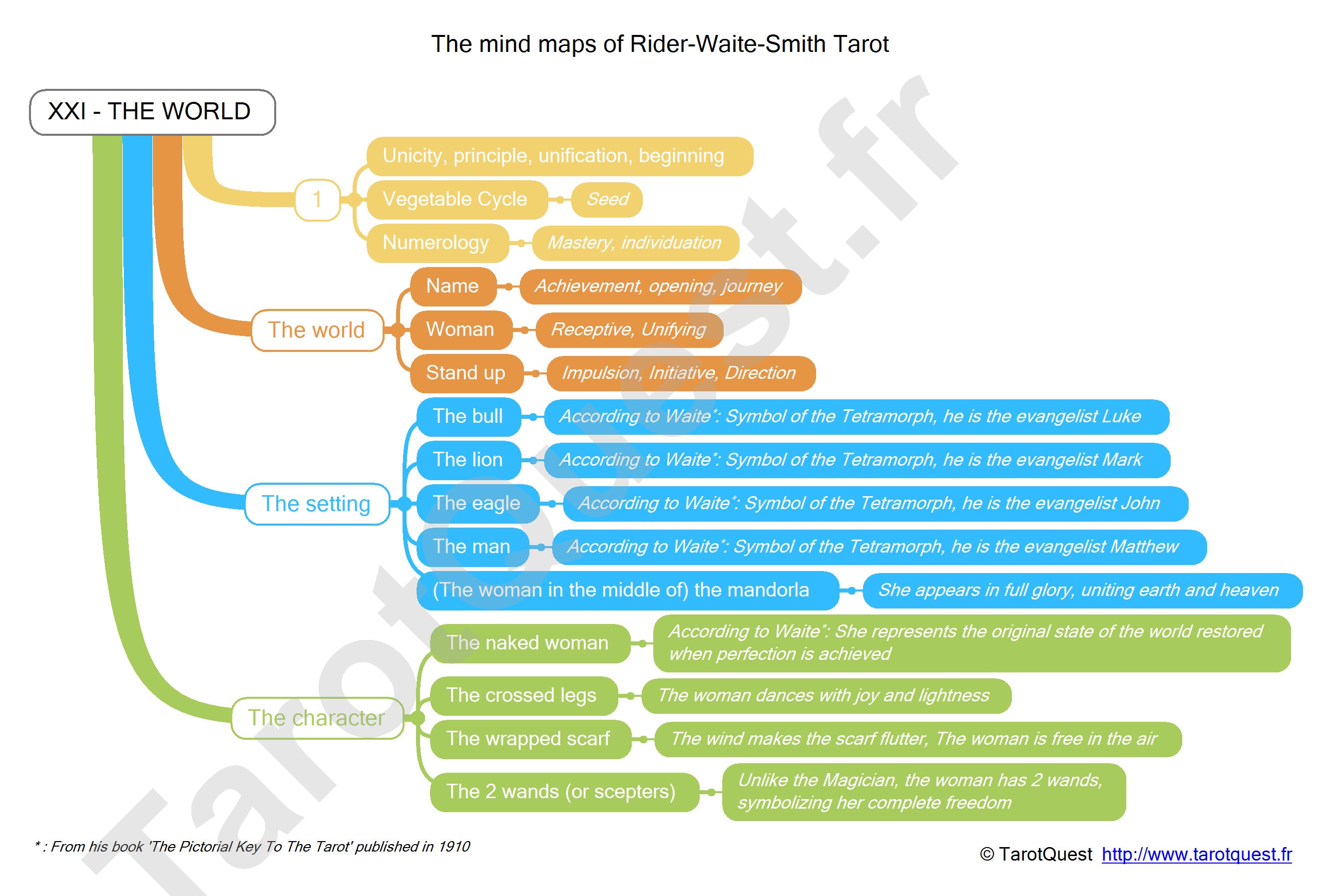
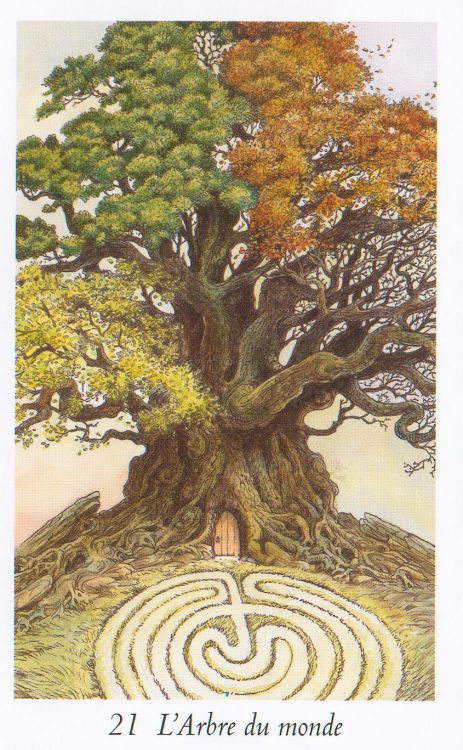
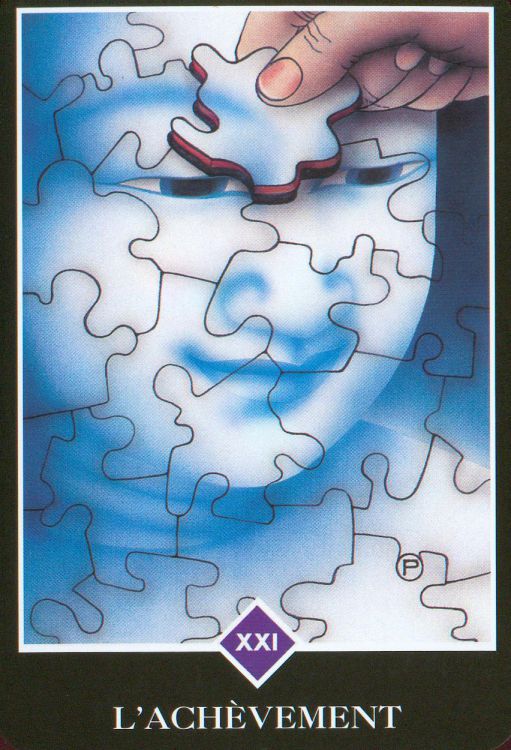
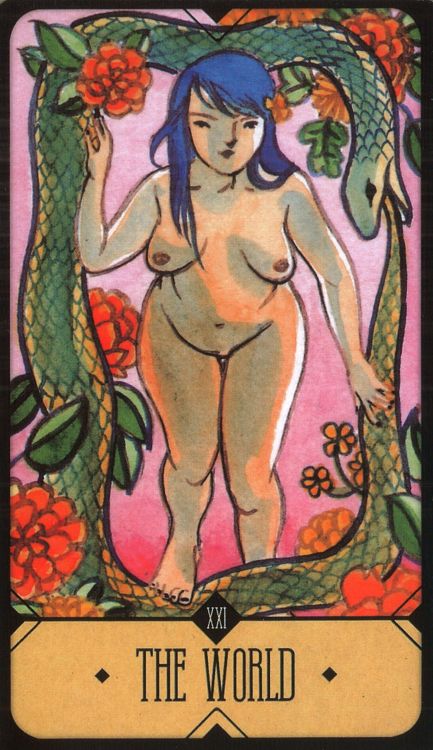
Copyright © TarotQuest.fr